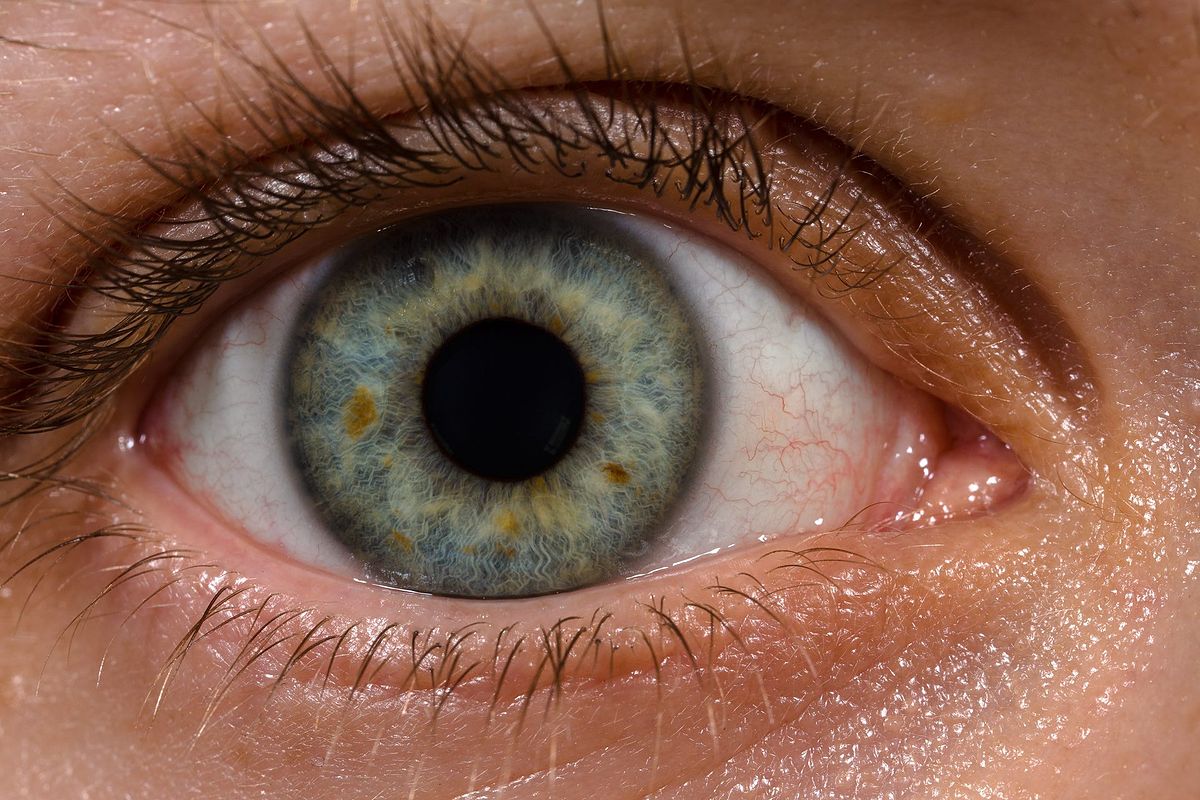Louis1345
Newbie
Hi All
I'm new to the forum and this would be the second time I have ever posted something on any forum.
I’ll try to articulate what I worked on before and the results I’m trying to achieve.
I have multiple levels to my project, but I’ll post only the first issue here for now.
Project:
Fade high power LED in/out (up, down) without flickering.
The usually arduino led fade is not going to cut it here. I’m past the stage of uploading my program on other commercial mcu's but I want to fix some issues I have.
When using arduino for example with pwm you don’t notice the flickering on a small LED but on high power LED you do. I am aware it’s due to the low frequency output (490hz default) and using different timers and libraries you can increase the frequency, but I don’t want extra libraries and increasing frequency isn’t the correct way from what I was told.
I say flickering because as the high power led fades down, I notice a small flickering just before it gets down to the very last bit. It seems to be a common issue seeing that lots of mcu's can't go right down to 0% resolution. As the pulses become less the times slows down and you notice the slight flicker.
I also know that the low-end micro controllers are all 8bit which provides low resolution.
I was told to use at least a 32bit controller and gamma correction to fade in/out smooth without visual flickering.
I also did a lot of research and it’s also advised to use a mosfet driver even if I’m using a logic level mosfet.
Any suggestions and advice would be much appreciated.
I would very much like to hear from embedded software/core developers/engineers on this topic.
I have attached a video of the fade in/out I require. I only need to do it with one white high-power LED.
The display in the video was created using smd5050 LEDS and they used color acrylic over the leds to simulate the color. It is not pixel leds.
They have obtained a very smooth fade which I want to achieve as well.
I'm new to the forum and this would be the second time I have ever posted something on any forum.
I’ll try to articulate what I worked on before and the results I’m trying to achieve.
I have multiple levels to my project, but I’ll post only the first issue here for now.
Project:
Fade high power LED in/out (up, down) without flickering.
The usually arduino led fade is not going to cut it here. I’m past the stage of uploading my program on other commercial mcu's but I want to fix some issues I have.
When using arduino for example with pwm you don’t notice the flickering on a small LED but on high power LED you do. I am aware it’s due to the low frequency output (490hz default) and using different timers and libraries you can increase the frequency, but I don’t want extra libraries and increasing frequency isn’t the correct way from what I was told.
I say flickering because as the high power led fades down, I notice a small flickering just before it gets down to the very last bit. It seems to be a common issue seeing that lots of mcu's can't go right down to 0% resolution. As the pulses become less the times slows down and you notice the slight flicker.
I also know that the low-end micro controllers are all 8bit which provides low resolution.
I was told to use at least a 32bit controller and gamma correction to fade in/out smooth without visual flickering.
I also did a lot of research and it’s also advised to use a mosfet driver even if I’m using a logic level mosfet.
Any suggestions and advice would be much appreciated.
I would very much like to hear from embedded software/core developers/engineers on this topic.
I have attached a video of the fade in/out I require. I only need to do it with one white high-power LED.
The display in the video was created using smd5050 LEDS and they used color acrylic over the leds to simulate the color. It is not pixel leds.
They have obtained a very smooth fade which I want to achieve as well.
